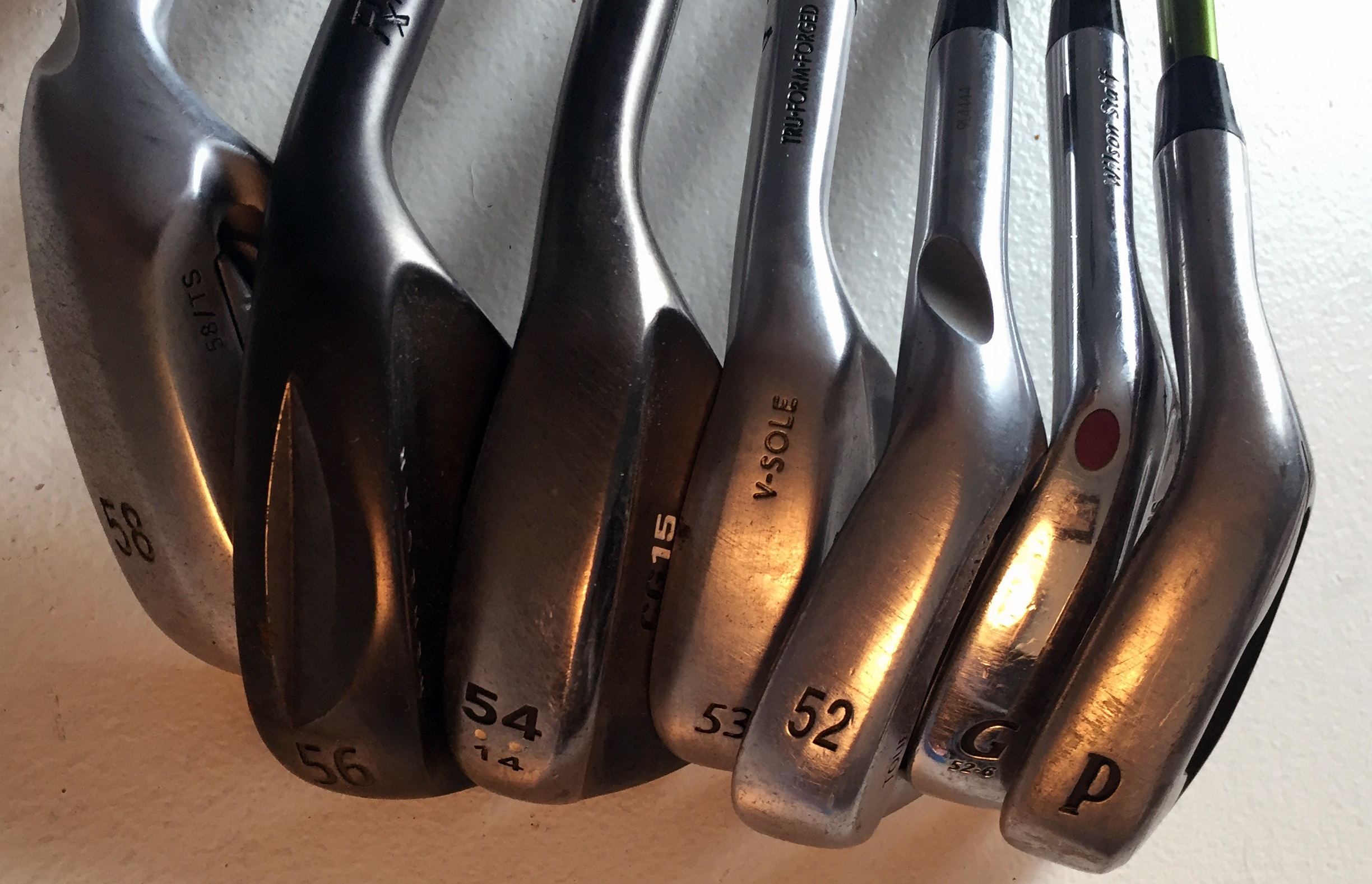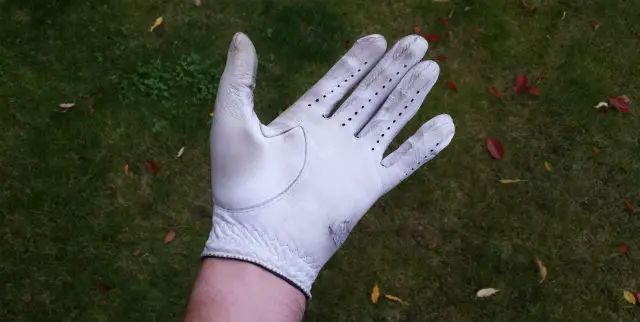What Degree Loft is a Sand Wedge

Golf is a game of precision and skill, and having the right equipment can make all the difference in your performance. One of the most critical clubs in a golfer’s bag is the sand wedge, designed to help players escape bunkers and other hazards around the green. But when it comes to selecting a sand wedge, one of the most critical factors to consider is the degree loft.
The degree loft of a sand wedge refers to the angle between the clubface and the shaft, and it plays a crucial role in determining the ball’s trajectory and spin when struck. Understanding the degree loft of a sand wedge is essential for any golfer looking to improve their game and make better shots around the green.
In this article, we will explore the degree loft of a sand wedge in detail, discussing the factors that influence it and why it’s essential to choose the right degree loft for your swing. Whether you’re a beginner or an experienced golfer, understanding the degree loft of your sand wedge can help you make better shots and improve your overall game. So let’s dive into the world of sand wedges and explore what degree loft is the most suitable for your game.

Understanding Sand Wedges
Before delving into the degree loft of a sand wedge, it is essential to understand the basics of this club. A sand wedge is a type of golf club with a shorter shaft and a clubface angle that is more open than other irons. This design allows the club to get under the ball in the sand, giving players a better chance of making a clean shot out of a bunker.
Sand wedges have undergone significant changes over the years, with manufacturers constantly tweaking the club’s design to improve its performance. Today, there are various types of sand wedges available, including traditional wedges, cavity-back wedges, and blade wedges.
Degree Loft of a Sand Wedge
The degree loft of a golf club refers to the angle between the clubface and the shaft. This angle plays a crucial role in determining the ball’s trajectory and spin when struck. Typically, the degree loft of a sand wedge ranges from 54 to 58 degrees. However, the exact degree loft can vary depending on the manufacturer and the specific model.
Several factors can influence the degree loft of a sand wedge, including the club’s design, the angle of the clubface, and the player’s swing. For example, a sand wedge with a more open clubface angle will have a higher degree loft, resulting in a higher ball trajectory and more spin.
Importance of Choosing the Right Degree Loft
Choosing the right degree loft for your sand wedge can significantly impact your game, making it essential to understand the different loft options available. Generally, a higher degree loft sand wedge will result in a higher ball trajectory and more spin, making it ideal for players looking to hit high, soft shots around the green. Conversely, a lower degree loft sand wedge will produce a lower ball trajectory and less spin, making it ideal for players looking to hit low, running shots.
Determining the ideal degree loft for your sand wedge will depend on several factors, including your swing speed, playing style, and the type of course you’re playing. It’s essential to experiment with different loft options to determine which works best for your game.
Conclusion
The degree loft of a sand wedge is a critical factor in its performance and can significantly impact your game. Understanding the different loft options available and choosing the right degree loft for your swing can help you make better shots around the green and improve your overall game. Whether you’re a beginner or an experienced golfer, taking the time to learn about the degree loft of your sand wedge can make a big difference in your performance on the course.






